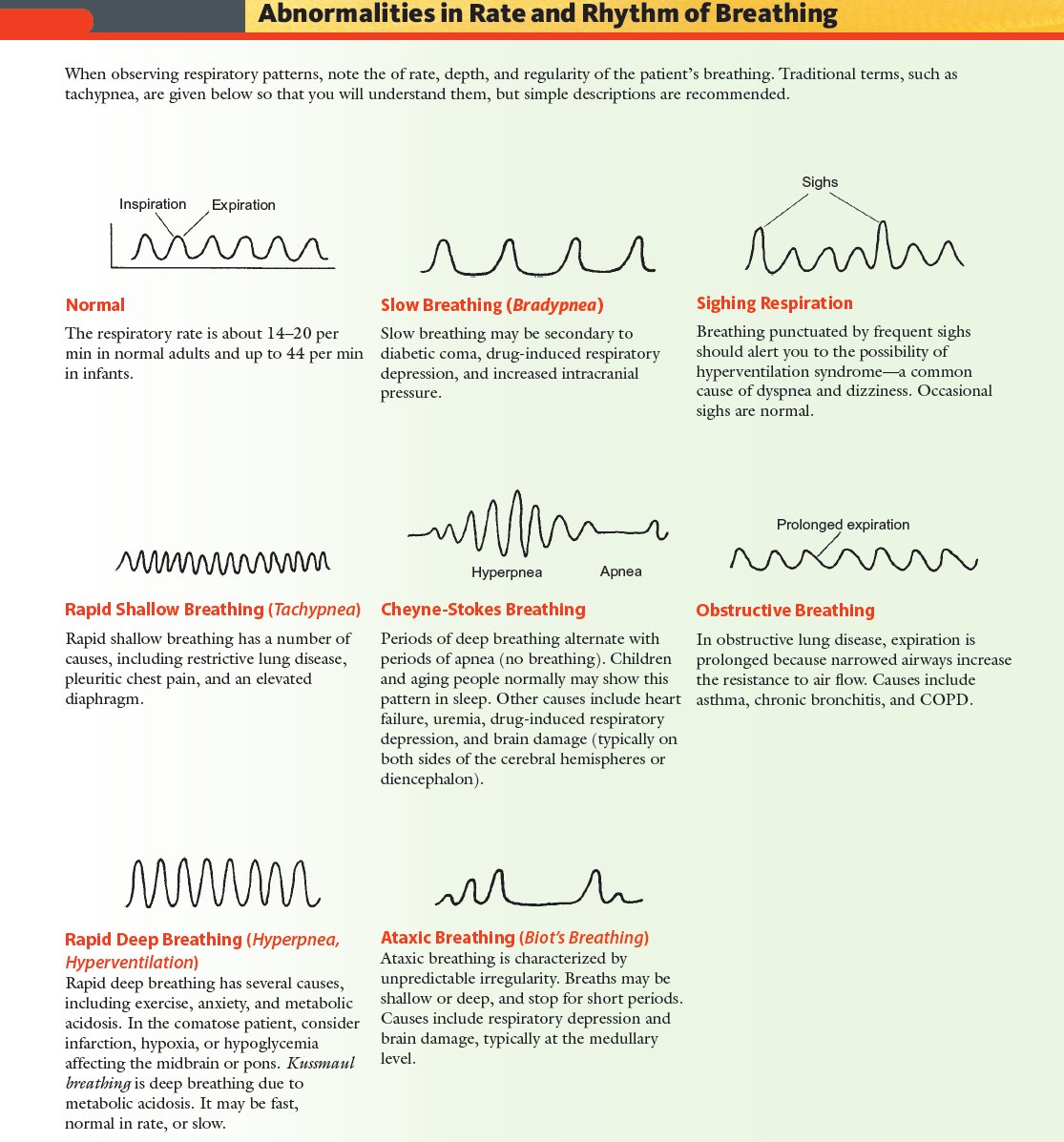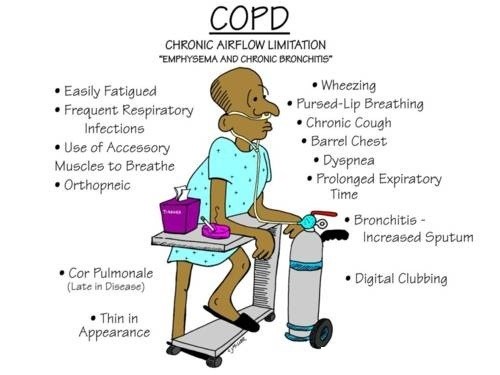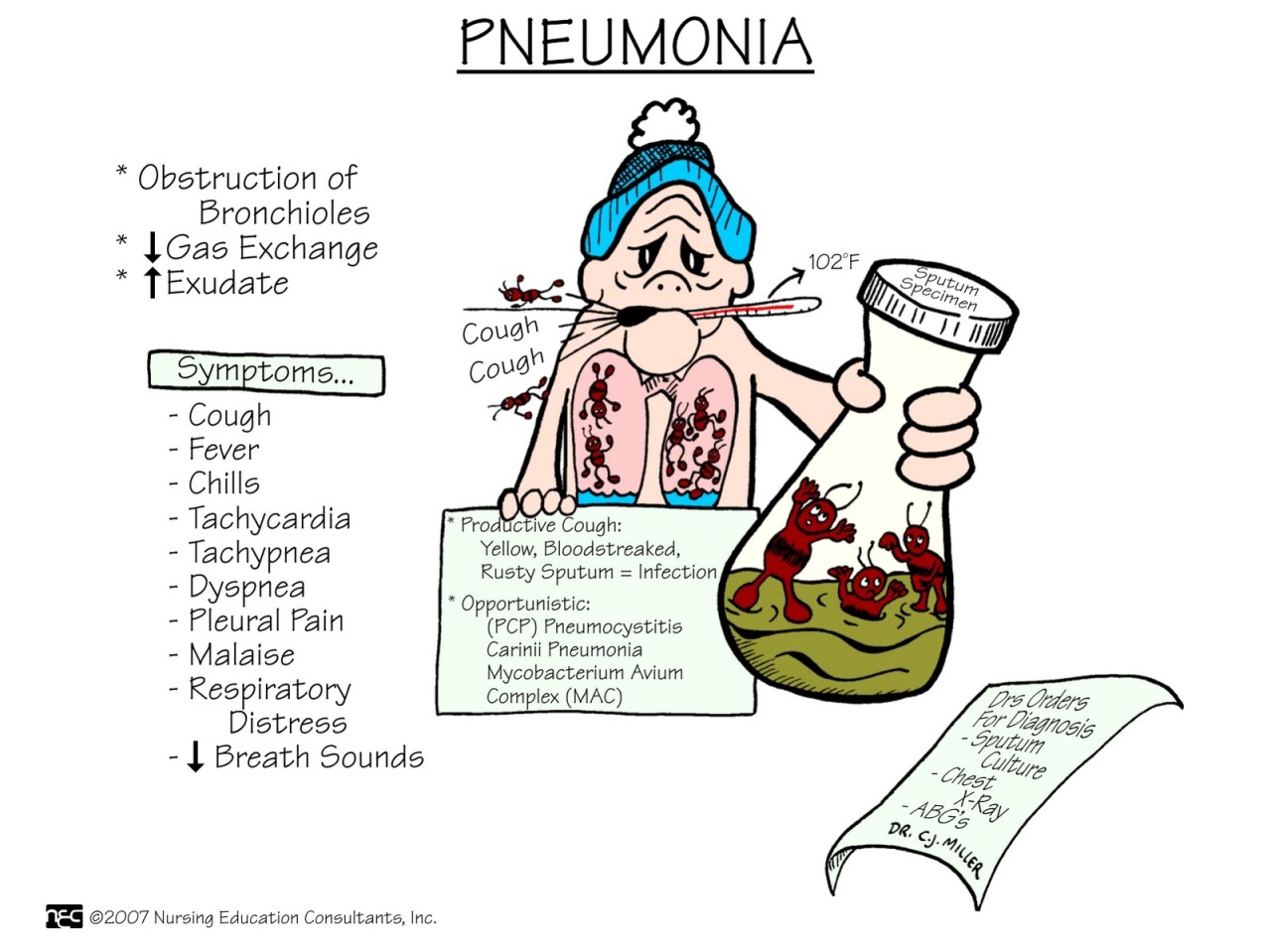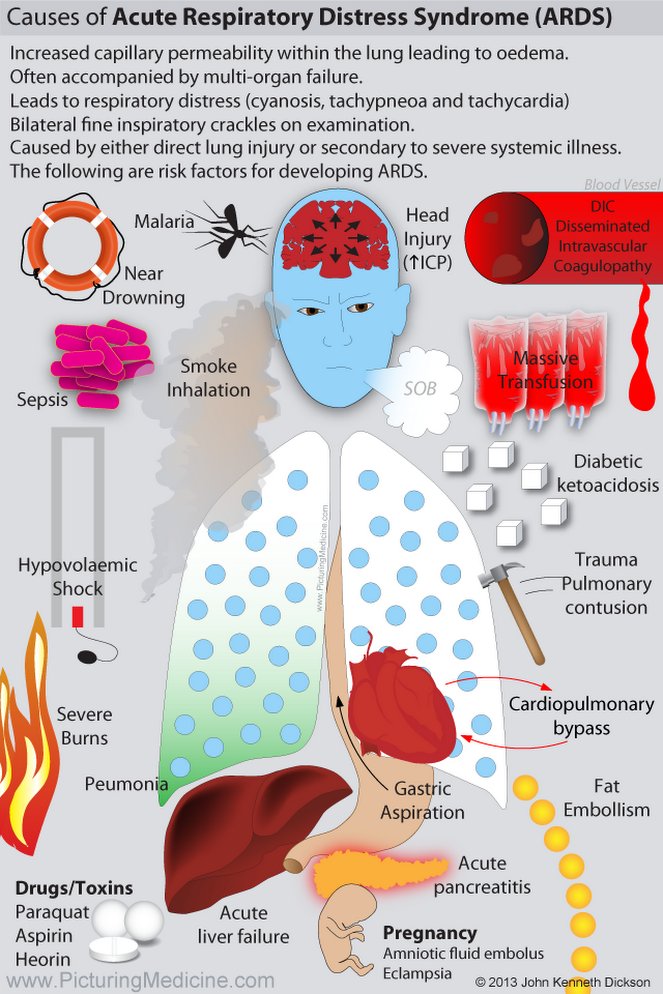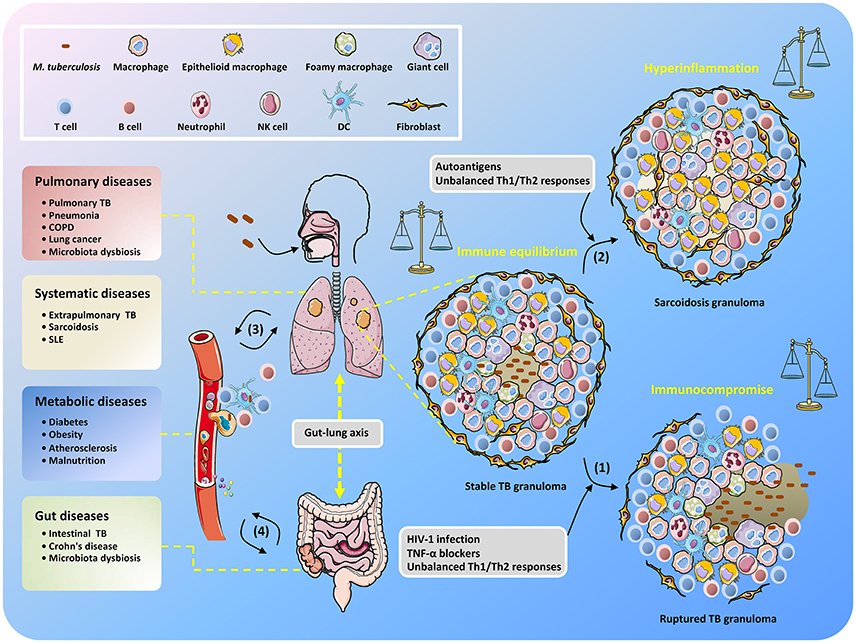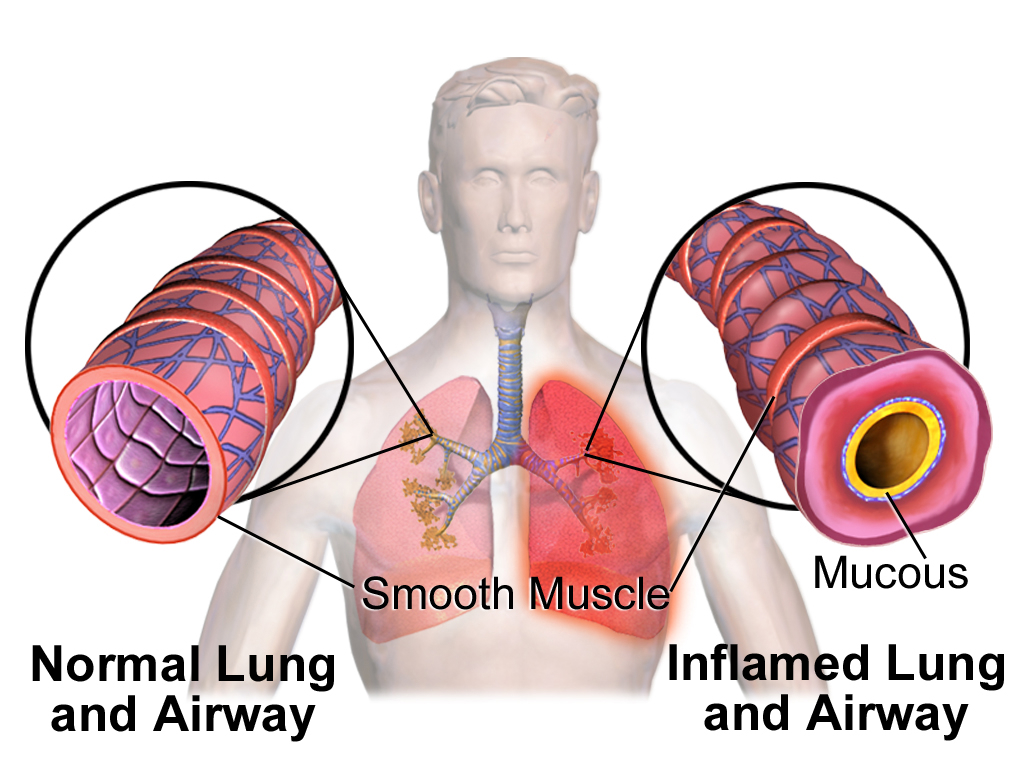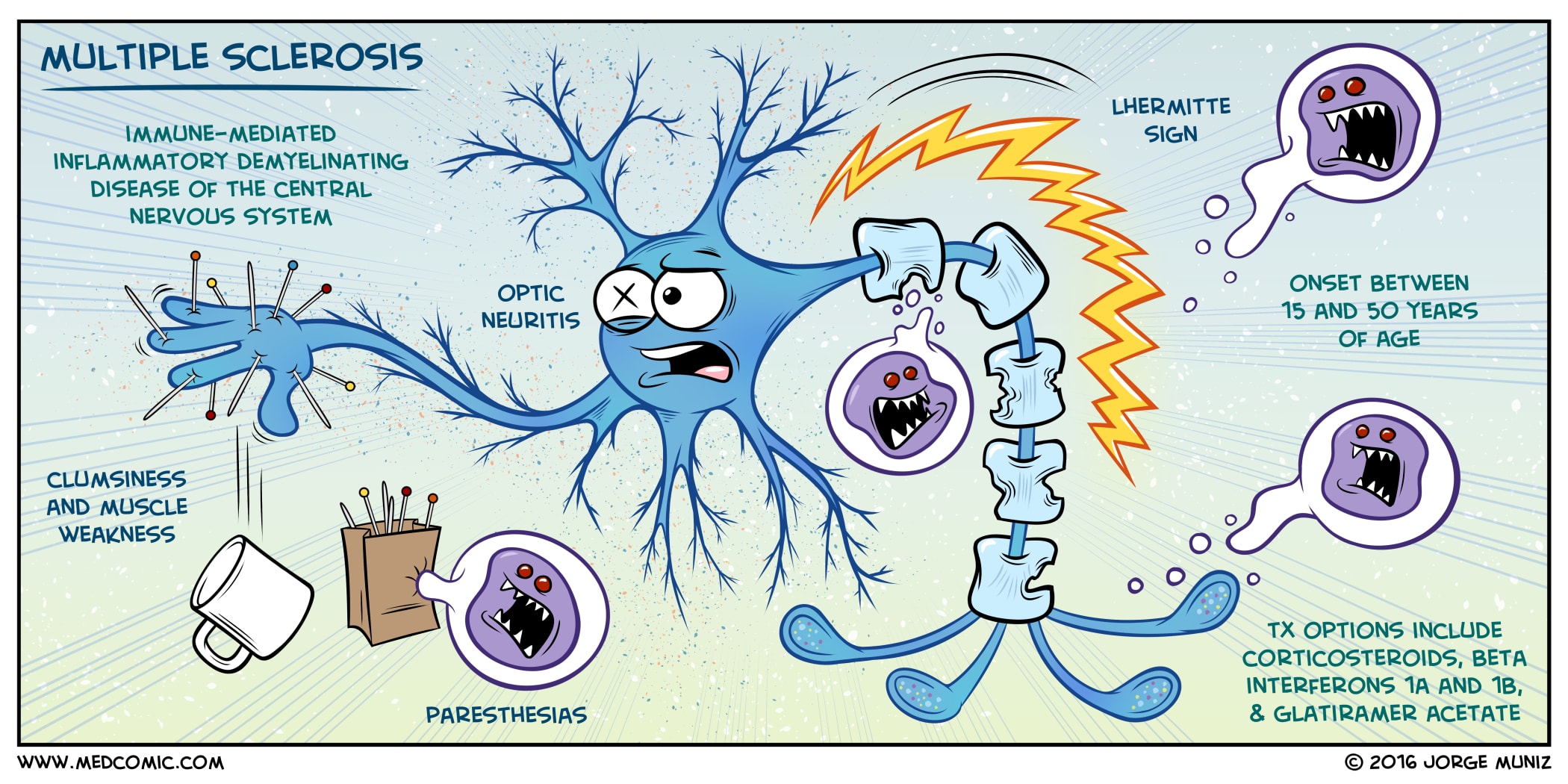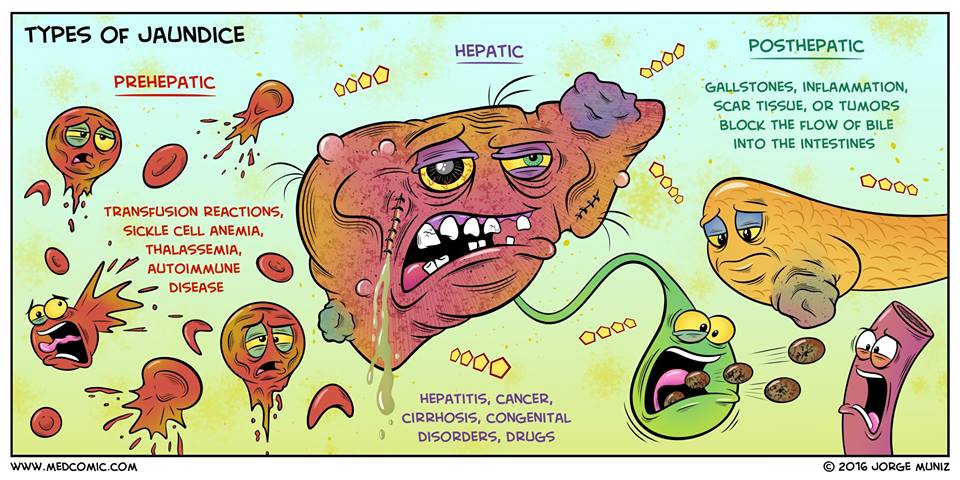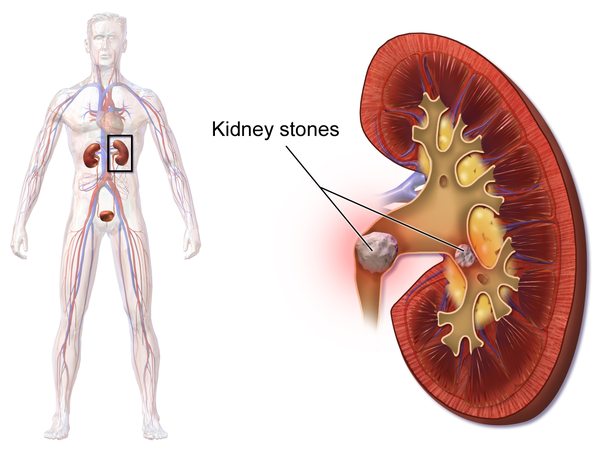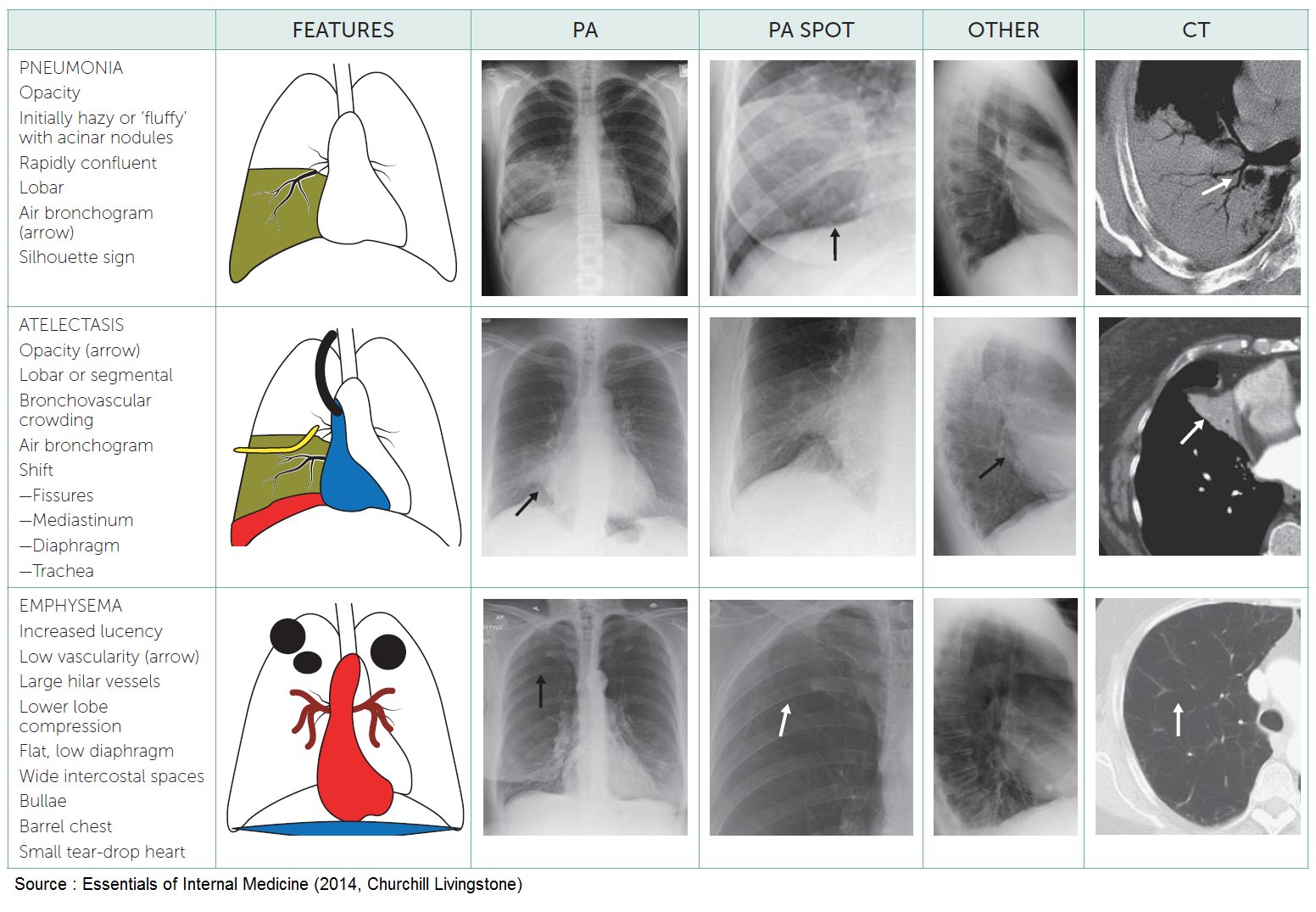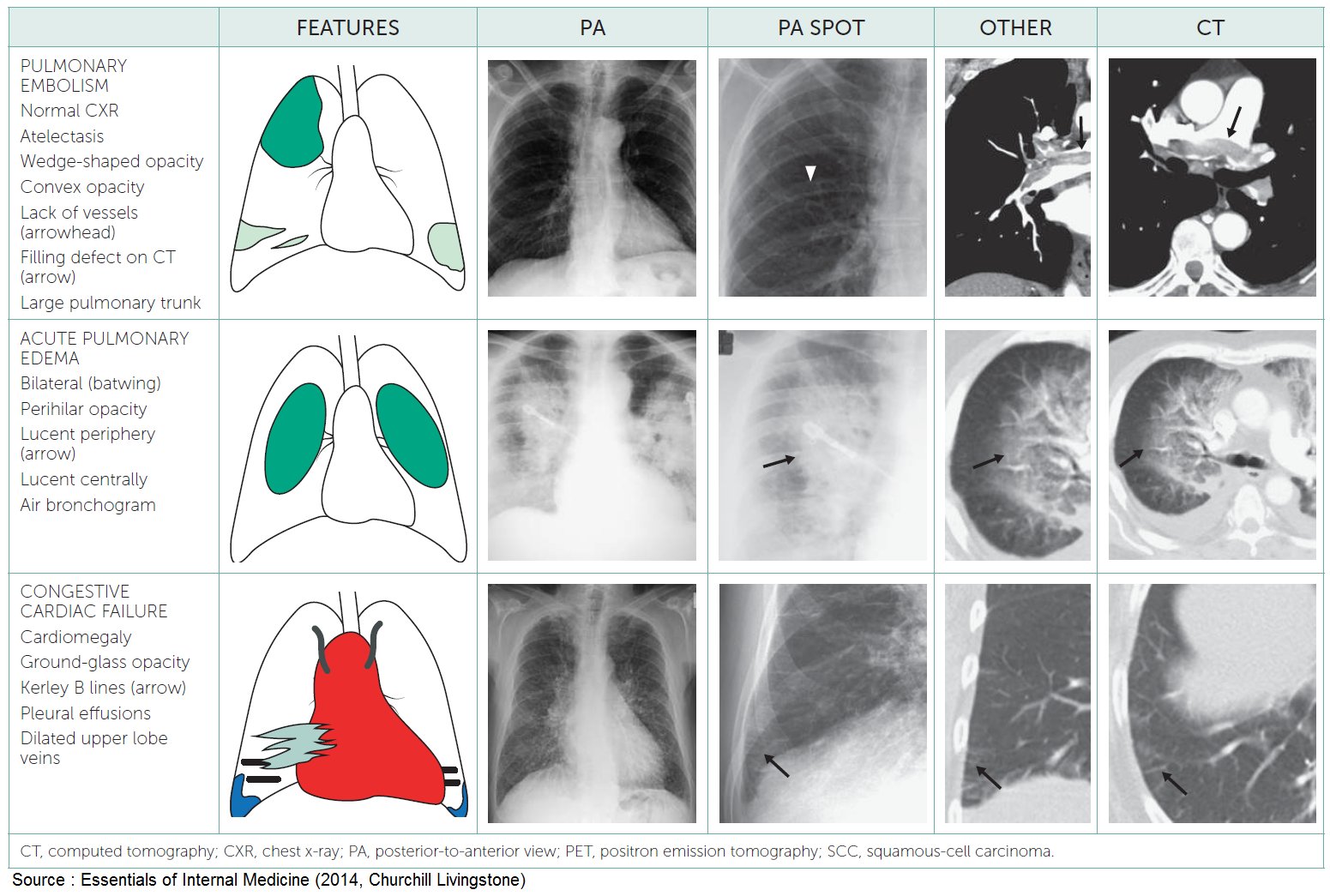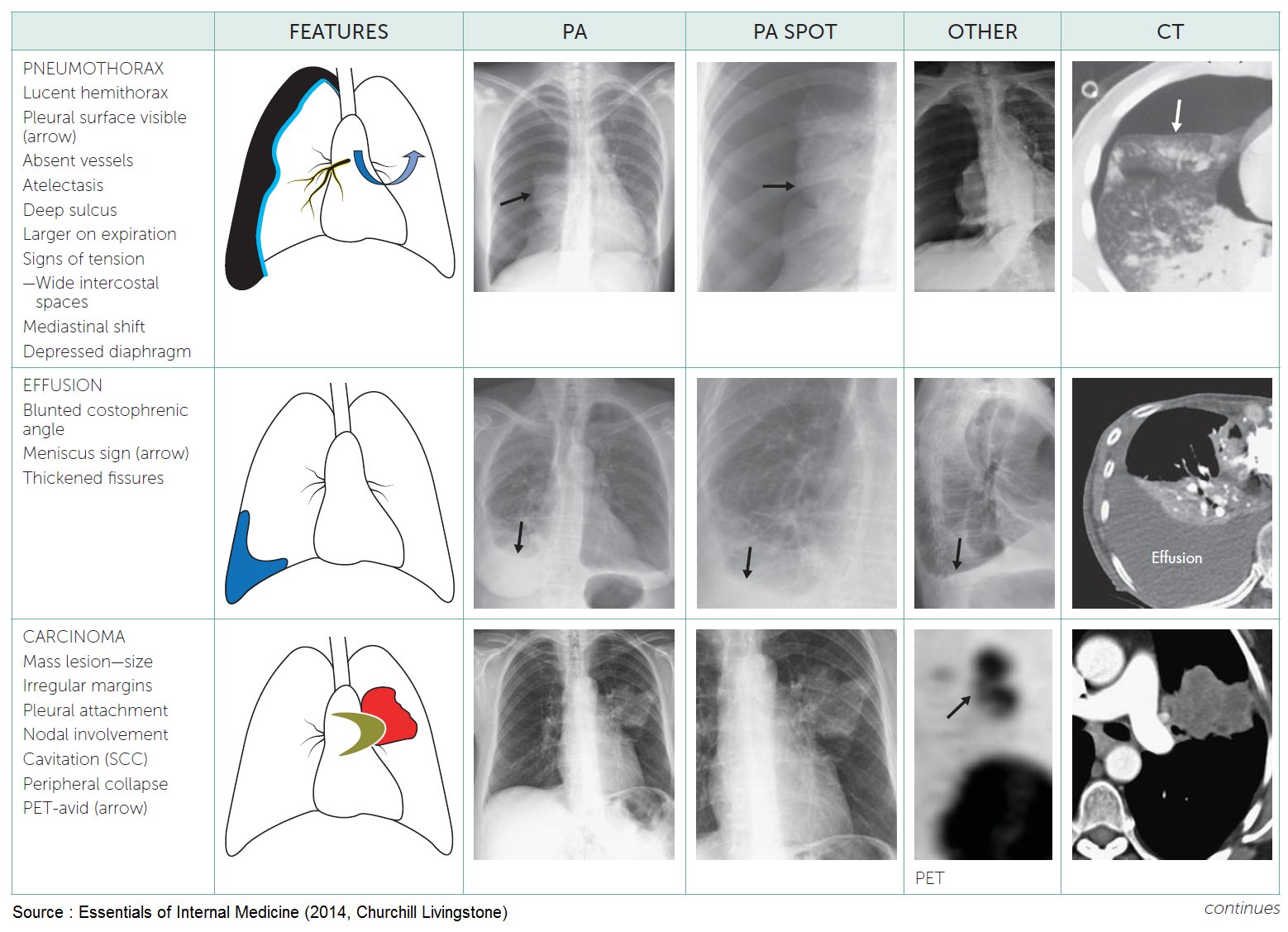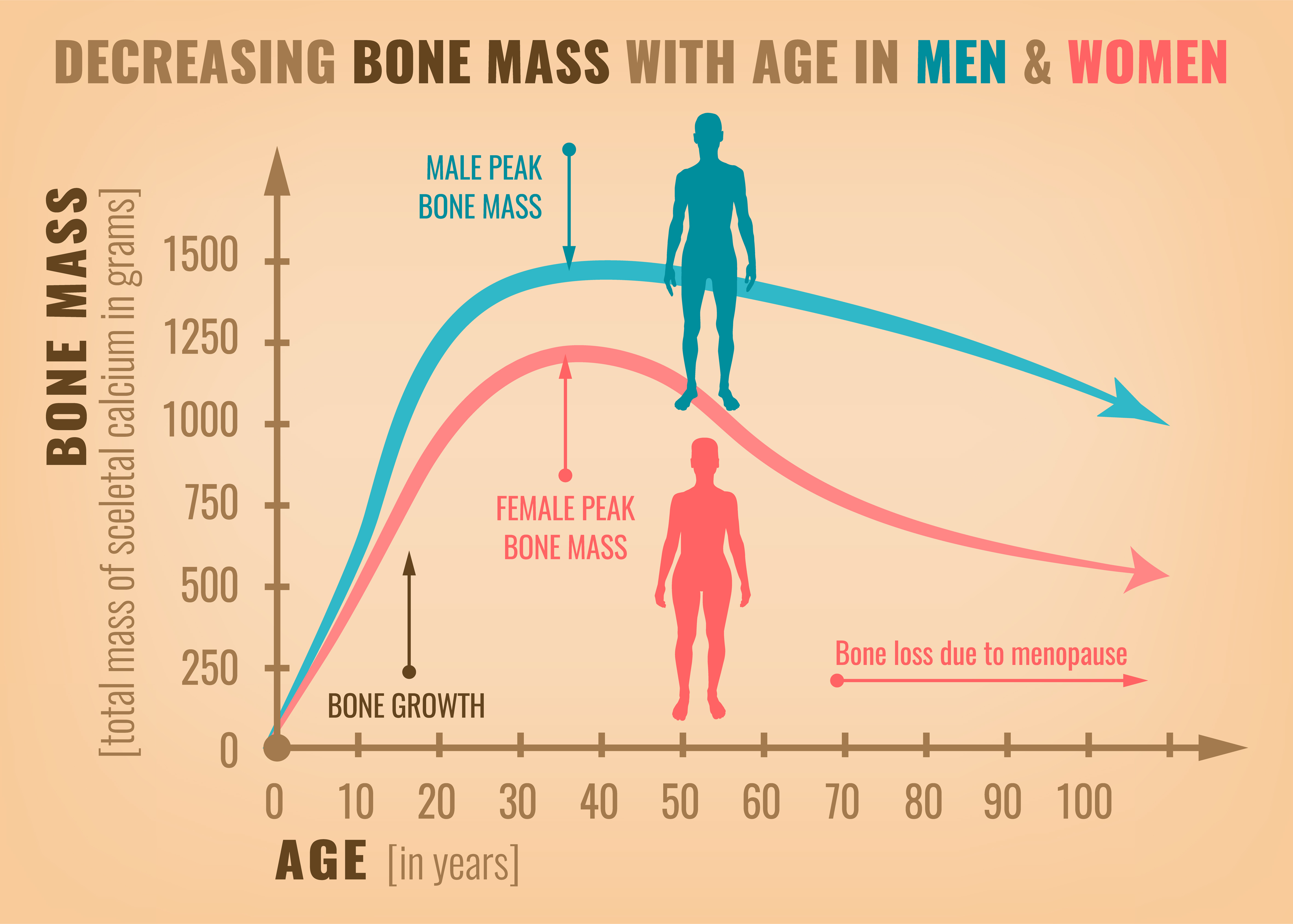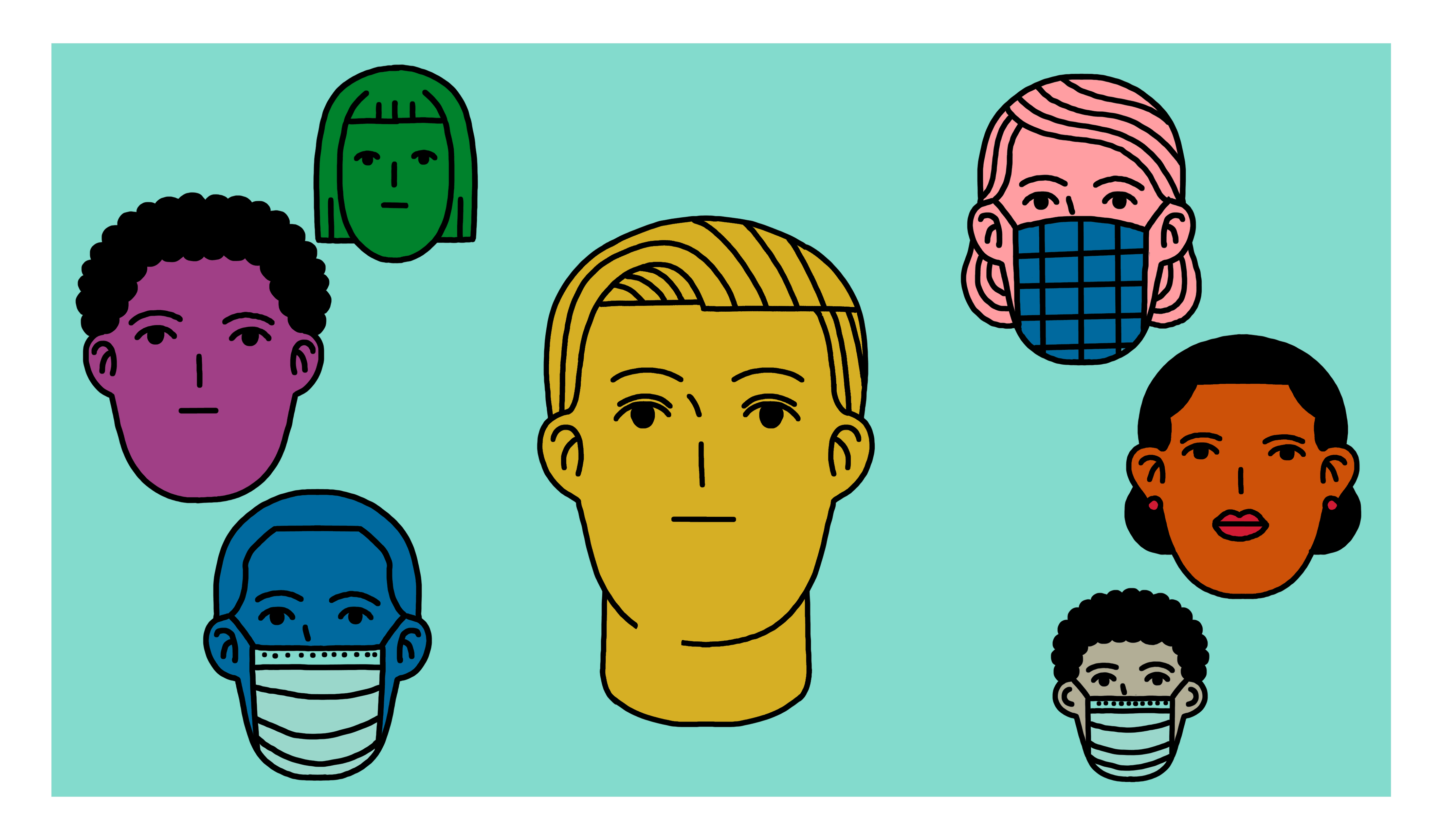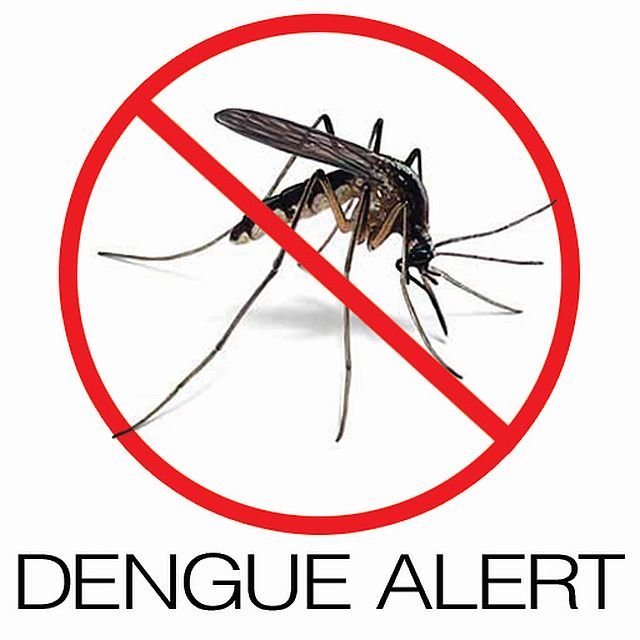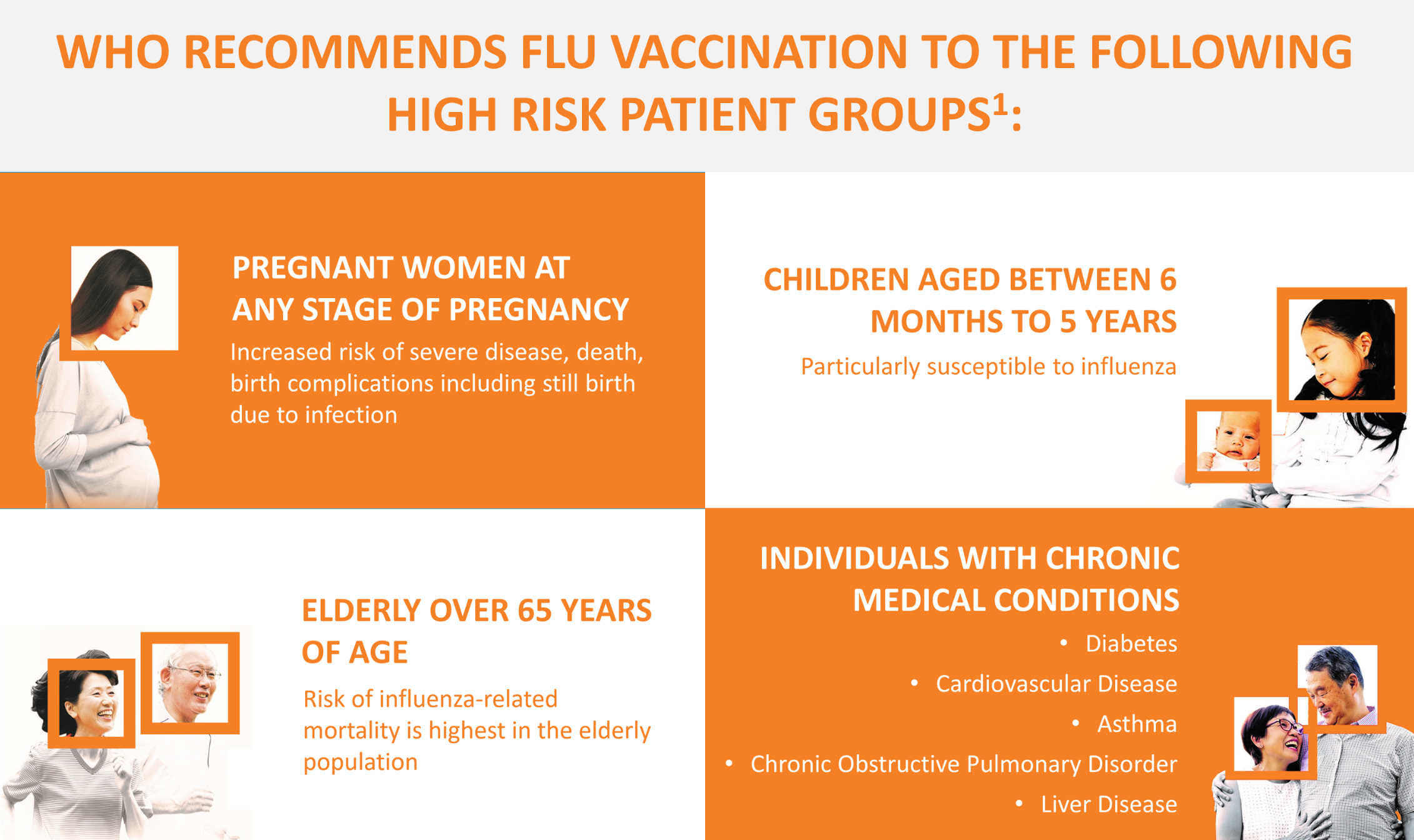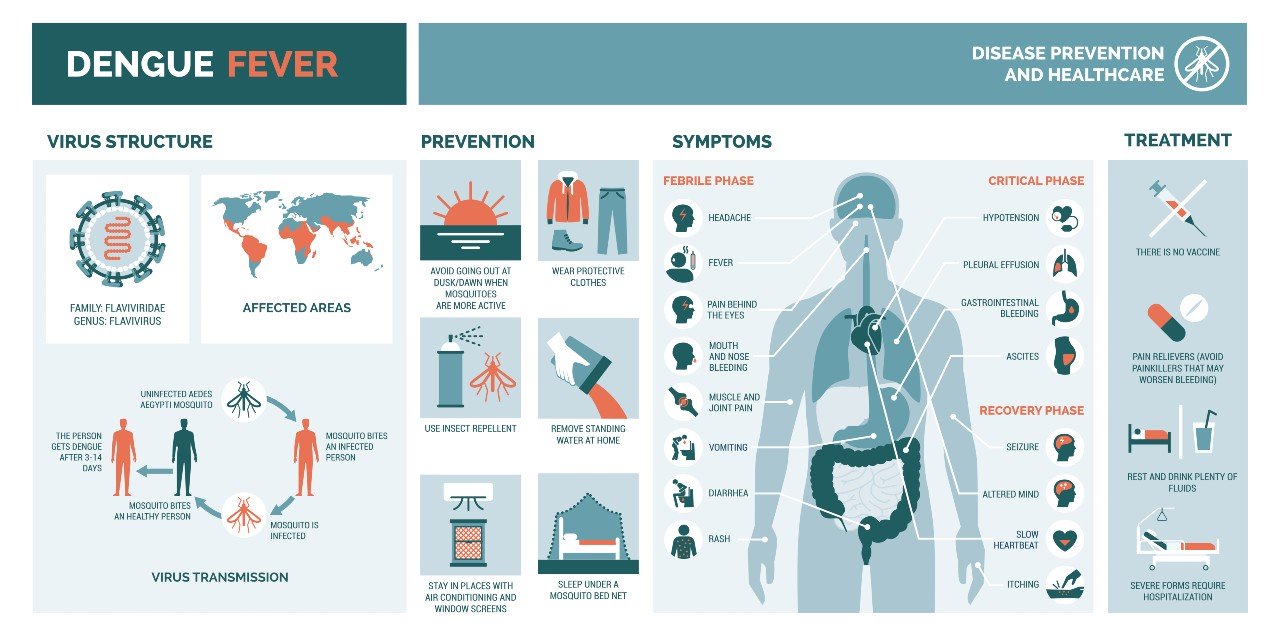Lung Diseases - Symptoms & Causes
Comprehensive information about possible lung problems and pulmonary health issues:
- Shortness of Breath / Dyspnoea
- Abnormalities in Rate & Rhythm of Breathing
- Respiratory Tract Infection - Bronchiolitis
- Causes of Chest Pain
- Chronic obstructive pulmonary disease (COPD) Symptoms
- Symptoms of Pneumonia
- Causes of Acute respiratory distress syndrome (ARDS)
- Types of Lung Cancer
- Pulmonary Embolism Risk Factors
- Pneumothorax (Life-threatening)
- Tuberculosis (TB) Mycobacterium
Please seek Medical attention as soon as possible if you are unsure of you or your family's health condition.
Shortness of Breath or Dyspnoea
Shortness of breath, or Dyspnoea, is a symptoms which is associated with a very large number of conditions. It can be long term and chronic, or sudden onset and acute.
Dyspnoea during light excercise can be a sign of heart failure, while sudden onset of chest pain and shortness of breath can indicate a heart attack or acute heart issue.
People with chronic obstructive lung disease have almost constant shortness of breath, while those with asthma have severe periodic dyspnoea often associated with wheezing.
Anaemia (low red blood cells) can cause chronic breathlessness associated with tiredness and severe allergic reactions can cause sudden breathlessness with a rash or throat contstriction. Whatever the cause of breathlessness, it can indicate a serious medical issue and should be assessed by a doctor as soon as possible.
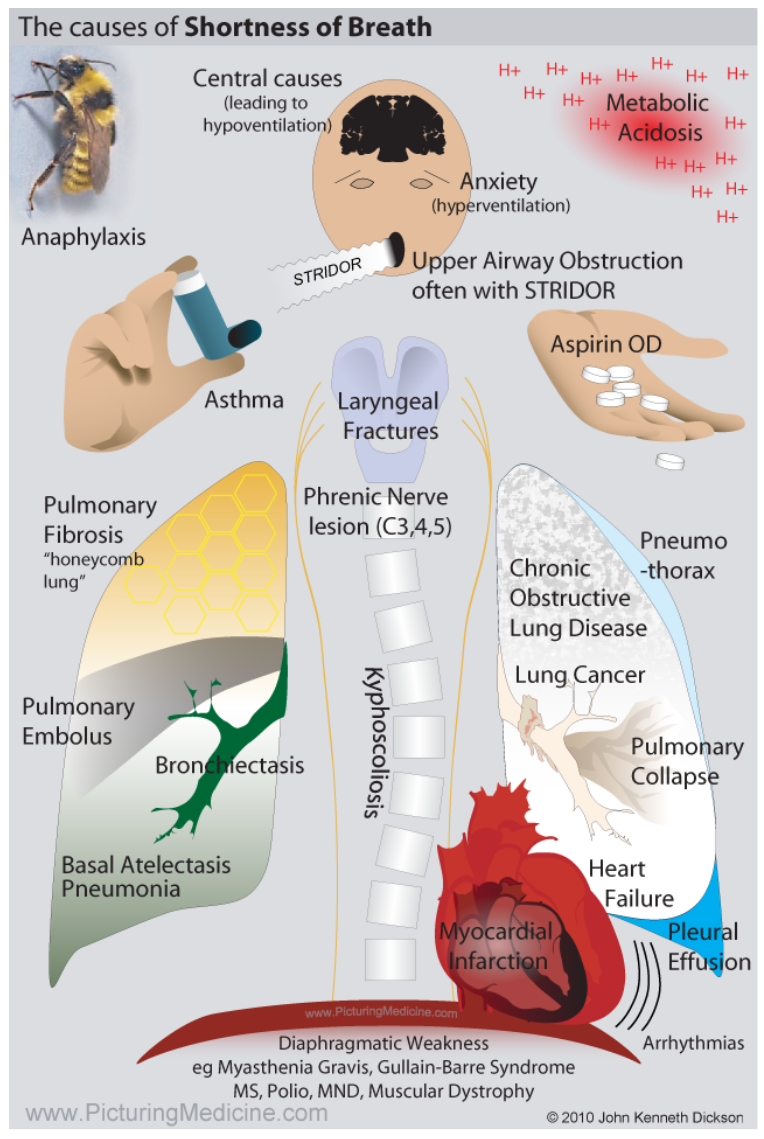
Abnormalities in Rate & Rhythm of Breathing
Respiratory Tract Infection - Bronchiolitis
Bronchiolitis is a relatively uncommon, but serious reaction of the lungs to common respiratory viruses. It is seen mostly in children and infants, but can occur in adults, particularly the elderly, or those with asthma, or who smoke. It causes inflammation and congestion in the small airways (bronchioles) of the lung. Bronchiolitis is almost always caused by a virus.
It is caused when the body’s inflammatory response to the virus causes damage to the patient’s lung tissue. This can result in inefficient breathing, wheezing and shortness of breath. The symptoms may last for longer than a normal flu-like illness and be distressing, but usually resolve completely. Inhaled medicines may help relieve symptoms. It is important to consult your doctor for any development of severe shortness of breath or wheezing.
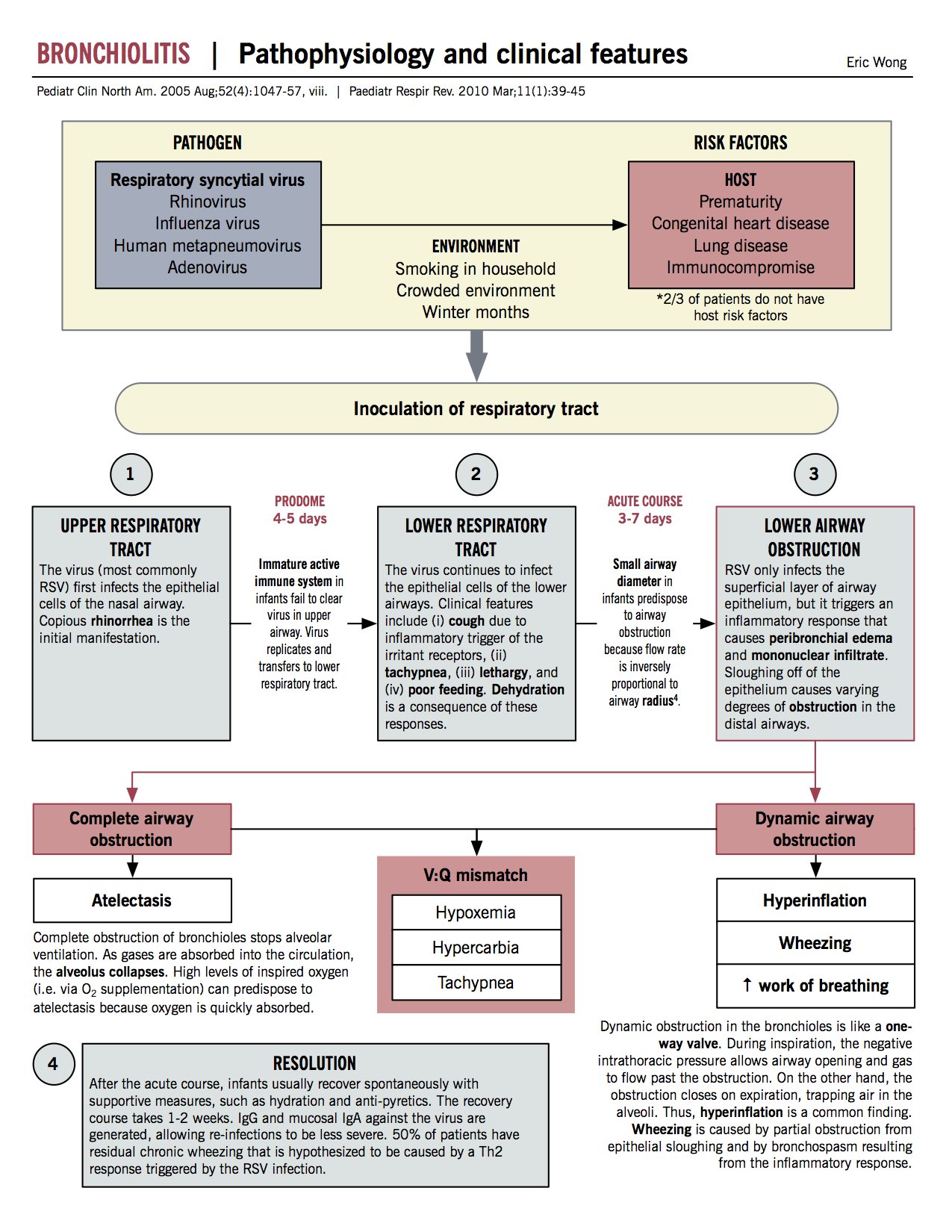
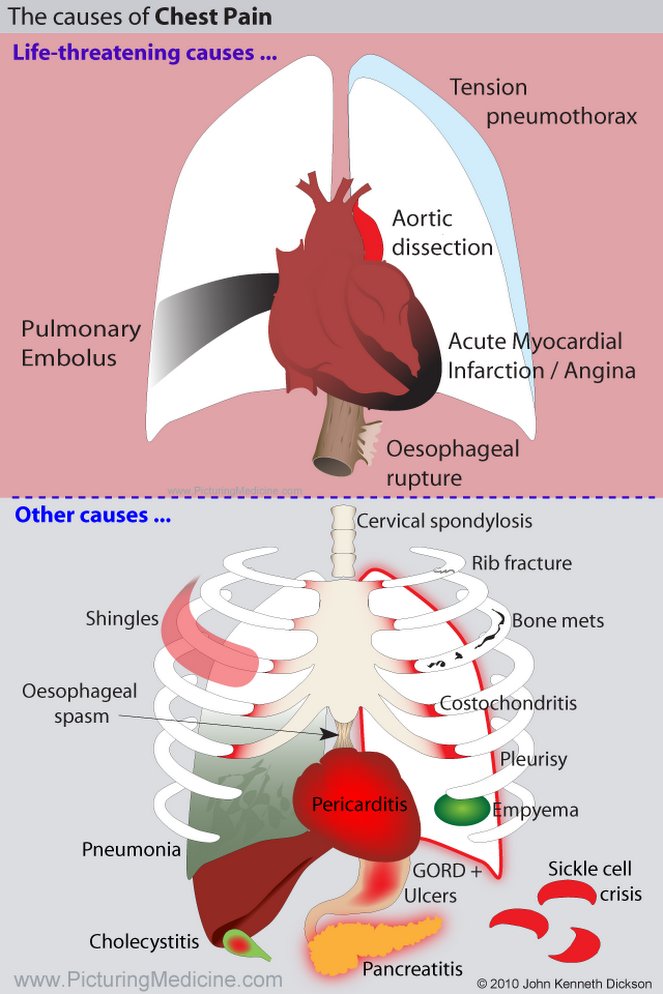
Chronic obstructive pulmonary disease (COPD) Symptoms
It is a type of obstructive lung disease characterized by long-term breathing problems and poor airflow. The main symptoms include shortness of breath and cough with sputum production. COPD is a progressive disease, meaning it typically worsens over time.
Symptoms of Pneumonia
Pneumonia is an infection in one or both lungs. Bacteria, viruses, and fungi cause it. The infection causes inflammation in the air sacs in your lungs, which are called alveoli. The alveoli fill with fluid or pus, making it difficult to breathe.
We use the term pneumonia to describe severe infections of the lung. These are mostly bacterial and in most cases can be seen on an X-ray.
A patient with pneumonia often has more serious symptoms, such as high fever, breathlessness, production of thick green or yellow phlegm and a deep or painful cough.
Although most lung infections are due to viruses, are mild and resolve after a few days, pneumonia is more severe and in the elderly or at risk groups, may even require hosptialisation. If your doctor is concerned that you have signs of pnuemonia, you will most likely be prescribed antibiotics to treat a bacterial infection and closely monitored until you recover.
Acute Respiratory Distress Syndrome (ARDS)
It is a type of respiratory failure characterized by rapid onset of widespread inflammation in the lungs. Symptoms include shortness of breath, rapid breathing, and bluish skin coloration.
Acute respiratory distress syndrome (ARDS) is a condition which can occur for a number of reasons, but especially following severe infections such as SARS or COVID-19. Patients develop extreme shortness of breath, as the lungs fill with fluid. This can occur rapidly, a few days after infection.
As the lungs become less able to extract oxygen, patients become confused and blood pressure often falls. These patients require mechanical ventilation and there is a high mortality. The risk of severe complications such as ARDS highlights the importance of seeking medical attention early for any signs of severe infection.
Types of Lung Cancer
Deep Vein Thrombosis (DVT) &
Pulmonary Embolism (PE) Risk Factors
Deep Vein Thrombosis (DVT) occurs when blood pools in the large, deep veins of the legs and starts to clot within the veins. This can result in reduced blood flow within the leg, causing swelling, redness and severe pain. DVTs often occur during periods of immobility, such as when on a long-haul flight. Simple excercising of the lower leg can help to prevent DVT in such situations.
One life-threatening complication of DVT is Pulmonary Embolism (PE). Pulmonary Embolism (PE) is a blockage of an artery in the lungs by a substance that has moved from elsewhere in the body through the bloodstream (embolism). The PE causes the affected part of the lung to stop working and this can result in low levels of oxygen in the blood
PE causes chest pain particularly upon breathing in, breathlessness and sweating and even coughing up blood. Because of the association with DVT, someone who has these symptoms and recently went on a long haul flight, has had a long period of bed rest, or recently given birth, or who has cancer, should seek immediate medical attention.
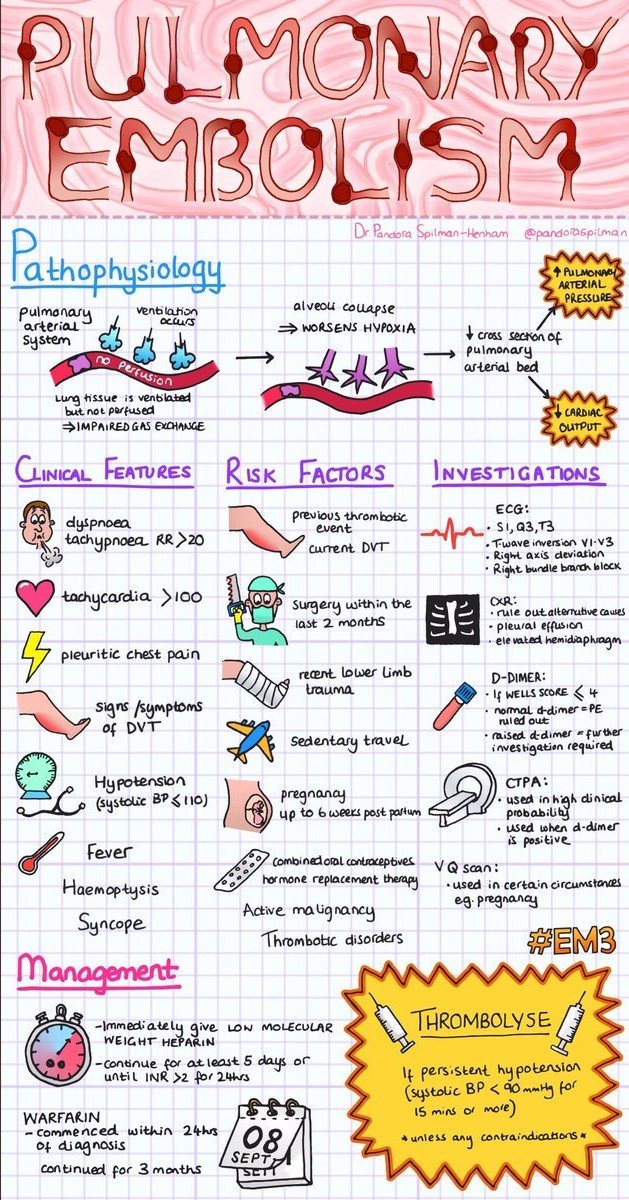
Life-threatening Pneumothorax
A Pneumothorax is a collapsed lung. A Pneumothorax occurs when air leaks into the space between your lung and chest wall, which means that the lung is no longer able to inflate.. This air pushes on the outside of your lung and makes it collapse. Pneumothorax can be a complete lung collapse or a collapse of only a portion of the lung. This is often as a result of trauma.
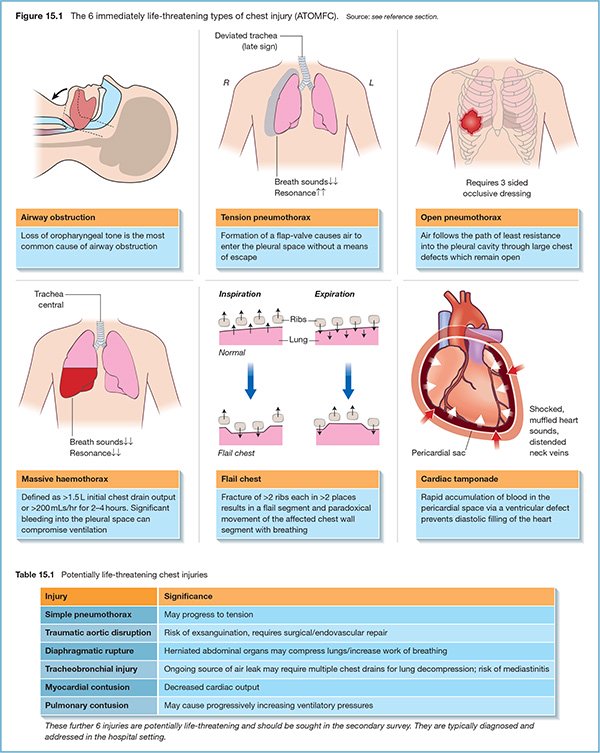
Tuberculosis (TB) Mycobacterium
TB is a disease caused by bacteria that are spread through the air from person to person. If not treated properly, TB disease can be fatal. People infected with TB bacteria who are not sick can take medication to prevent TB disease from developing in the future.
Lung, Neurological, Liver & Kidney Diseases
Chest X-rays
Chest X-rays are done to look at the structure of the lung. They can detect a number of specific anatomical defects indicating lung disease.Pleaural effusion is the build up of fluid in the same cavity, which also results in the lung being unable to inflate properly. This is usually due to infection, or other chronic disease.
Chest X-rays can also detect fluid collection inside the lungs themselves, leading to a diagnsosis of pneumonia and can tell if the lung has collapsed, or deviated. Some lung illnesses such as emphysema result in obvious holes in the normal lung tissue, but chest X-rays are also able to detect abnormal accumulation of solid tissue, such as is seen in fibrosis or in lung cancer. Often early lung cancer appears only as small nodules of tissue and X-rays must be repeated over time to monitor whether these nodules grow or stay the same shape.
Pneumonia / Emphysema - Lung Xrays / CT
Pulmonary Edema / Embolism & Congestive Cardiac Failure - Lung Xrays / CT
Pneumothorax & Lung Cancer Carcinoma - Lung Xrays / CT
Lung Cancer Metastases - Lung Xrays / CT
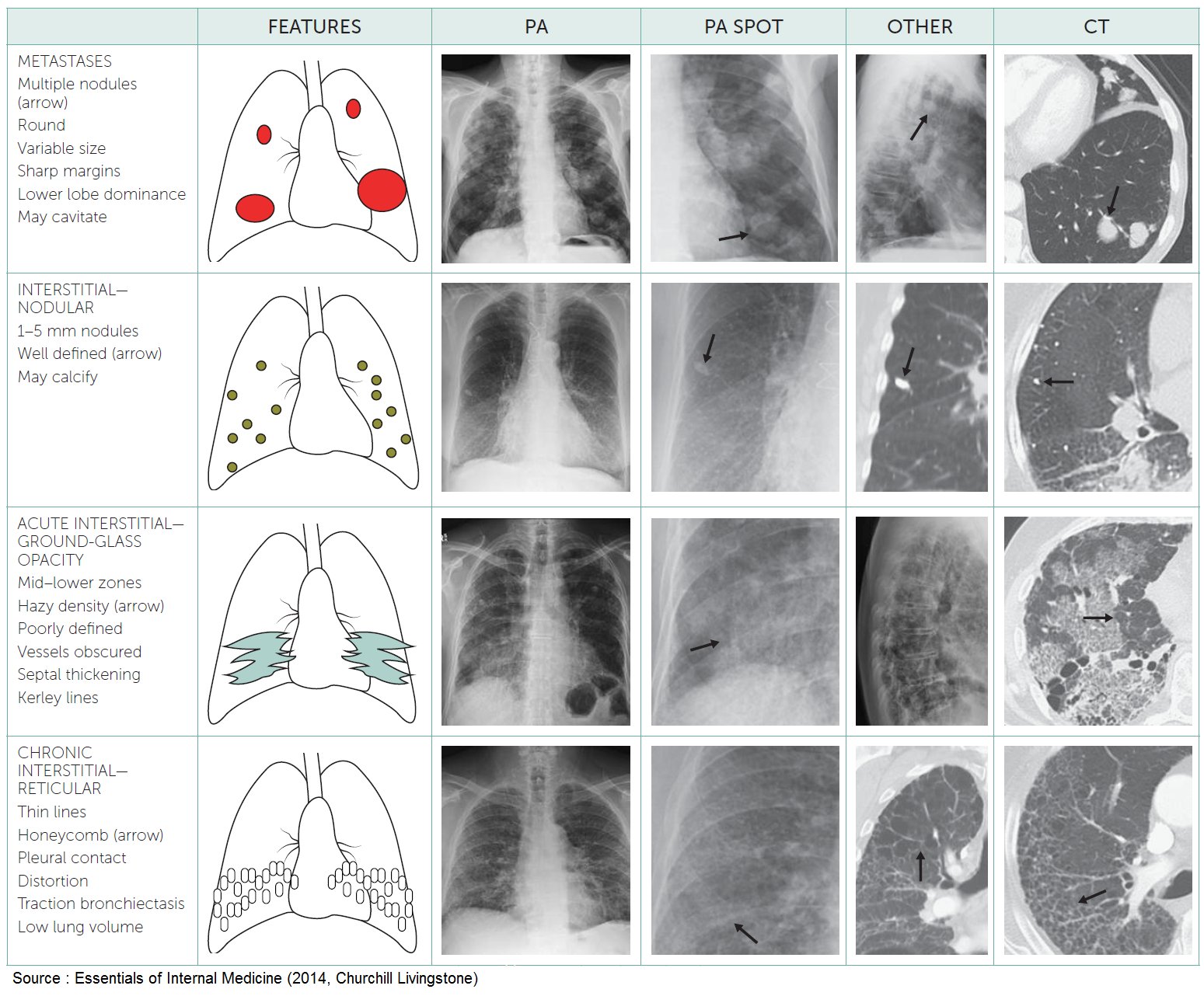
Healthy Aging 健康老龄化

Infectious Diseases - Dengue Fever, Influenza, Hepatitis B, COVID-19
Groups at Higher Risk for Severe Illness in a COVID-19 Infection
Comorbidities & Underlying Health Conditions in COVID-19 Patients with Complications
- Hypertension
- Diabetes mellitus
- Cerebrovascular disease
- Cardiovascular disease
- Chronic lung diseases including COPD
- Chronic Kidney disease
- Asthma
- Dementia
- Chronic Neurological Disorders
- Cancer
- Rheumatological Disorder
- Obesity
- Smoking
- Chronic Hematologic disease / Haemoglobin Blood Disorders
- Liver disease / Hepatitis B Infection
- Malnutrition
- Immunodeficiency / Immunocompromised eg HIV AIDS
- People aged 65 and older
- 高血压
- 糖尿病
- 脑血管疾病
- 心血管疾病
- 慢性肺部疾病
- 慢性肾病
- 哮喘
- 失智
- 慢性神经系统疾病
- 癌症
- 风湿病
- 肥胖
- 抽烟
- 慢性血液系统疾病/血红蛋白血液疾病
- 肝病/乙型肝炎感染
- 营养不良
- 免疫缺陷/免疫功能低下,例如 HIV AIDS
- 65岁及以上的人
(Ref: https://www.nature.com/articles/s41430-020-0642-3.pdf, Dailymail.co.uk, https://pubmed.ncbi.nlm.nih.gov/32320003/, Comorbidity and its impact on 1590 patients with Covid-19 in China: A Nationwide Analysis https://erj.ersjournals.com/content/early/2020/03/17/13993003.00547-2020
The information provided in this website is for knowledge purposes only. It does not constitute medical advice.
Should you encounter any medical problem that you are unsure of, always consult your doctor or health care provider for assistance and medical advice.
